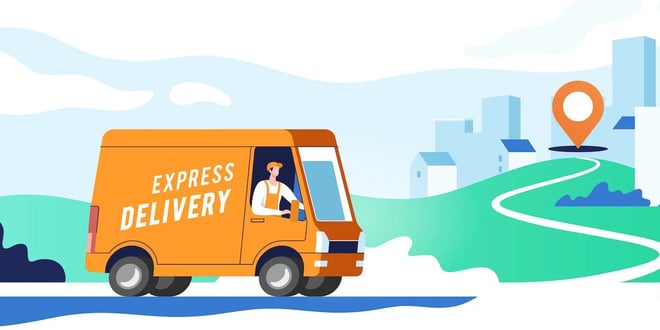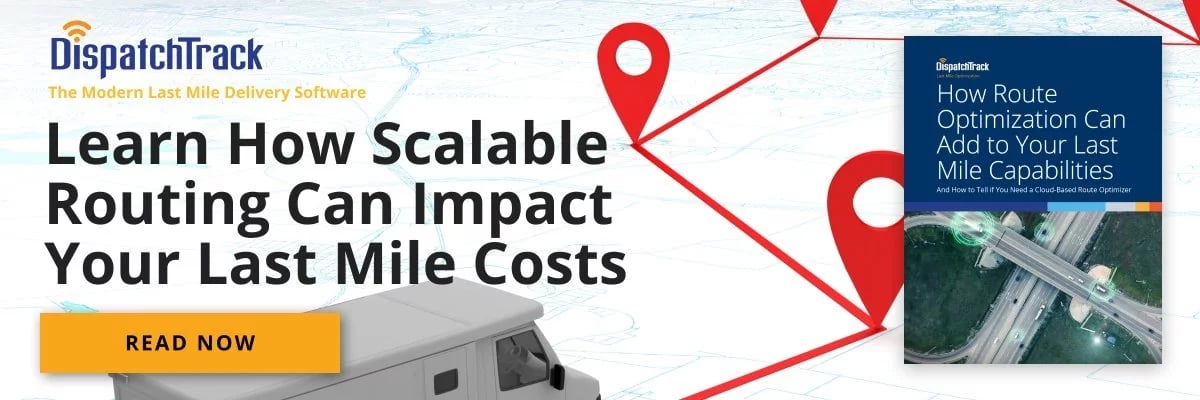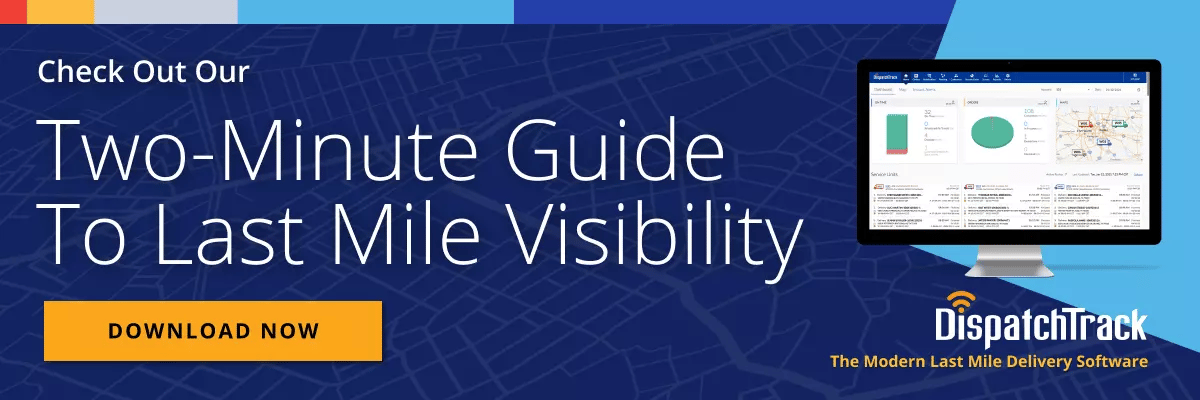When all is said and done, logistics operators may remember 2022 more for the tremendous cost pressures from inflation than from anything else. Sure, there were at least as many global supply chain disruptions as usual, and there were different trends in different markets, but the overarching theme was that those in charge of last mile deliveries often had to do more with less. Next year is shaping up to look like more of the same—and as we move towards 2023, now’s the time to get ready to face the coming challenges head on.

It’s always tough to say in advance what “normal” is going to look like even a year down the road. A few years ago everyone suddenly had to roll out contactless delivery operations at the drop of a hat. This year, decisions were shaped by volatile fuel prices. But in 2023, we see logistics operators moving towards increasing resilience by embracing the technologies that can help them adapt to whatever “new normals” are thrown their way.
9 Ways Last Mile Deliveries Are Changing in 2023
In-House Last Mile Deliveries
Many firms are now opting to manage their last mile deliveries in-house instead of using third-party logistics providers. Some businesses are currently working on their local delivery services using their own vehicles, and some are even using their own trucks for nearby delivery drop-offs. However, this business model isn't for everyone, and many companies still need outsourced delivery providers to meet the higher demand from online shopping.
Faster Order Fulfillment
Amazon has revolutionized the same-day and one-day delivery services, causing many shoppers to demand faster order fulfillment.
Some reports show that millennial shoppers are willing to shell out more money for guaranteed and same-day delivery. Thus, moving products more quickly by focusing on logistics has become more essential than ever. Fast order fulfillment, after all, puts more pressure on delivery planning.
More Urban Warehouses
The demand for fast-order fulfillment pushes e-commerce platforms to consider various ways of speeding up the logistics process, including opening hubs and warehouses near cities. It has become important to ensure that access to products is easier, which is why demand for urban warehouse space is on the rise.
There are several benefits to having more urban warehouses: For one, it reduces the transit times of goods. Plus, it also makes the access of businesses to laborers and delivery agents much easier.
Likewise, more retailers are banking on micro-fulfillment centers and sending out orders from stores as fewer shoppers frequent brick-and-mortar shops. One report from the Wall Street Journal noted that industry-leader Amazon is in talks with mall cornerstones like J.C. Penny and Sears to convert mall space into fulfillment centers.
On-Demand Delivery Platforms
More shippers are leveraging on-demand delivery solutions than ever before, such that they can connect easily with trucking firms, allowing them to deliver within a city within a defined delivery window without much hassle. These platforms are designed to help businesses increase their reach, gain more flexibility in their delivery operations, and minimize costs.
Green Logistics
Studies have shown consistently that sustainability is becoming a more and more important topic for consumers. That means it’s getting more important to the businesses that serve them. The ability to offer less carbon-intensive deliveries to consumers who are making purchasing decisions based in part on environmental impact is going to become a key part of maintaining a great brand as an organization. And, of course, reducing your carbon footprint is better for the planet!
Here, last mile delivery operators will mostly be focusing on finding ways to reduce the number of miles they’re driving per route, per day, and per delivery. Naturally, this will requiring relying on the right logistics technology to ensure that you’re not just cutting miles, but also finding a way to track the impact of your sustainability initiatives.

Crowdsourcing and the Gig Economy
There's a rise in venture capital investments for supply chain and logistics start-ups. Venture capitalists are more interested in technology and information firms that rely on crowdsourcing or gig economy workers. Large companies such as UberRuSH, Amazon Flex, and Postmates advertise their jobs on their respective apps, which in turn, are grabbed by independent drivers.
This business model may be less efficient than having a dynamic delivery management system, but it is of great help to companies that need to minimize fleet management costs.
Hybrid Fleet Systems
Traditionally, many businesses own their fleets and manage them to ensure full control of fleet operations. But this traditional business model doesn't offer much flexibility in fleet size, which poses a huge problem for fleet managers when demand changes.
In contrast, a hybrid model where a firm has a mix of its own fleet, third-party providers, contractors, and freelancers offers more flexibility. Using a hybrid model can bring in plenty of cost savings but can be quite difficult to manage.
Drones, Self-Driving Delivery Vehicles, and Bots
Some retailers are exploring the option of using robotic deliveries via robots, self-driving vehicles, and drones. Amazon, for one, has already invested millions of dollars in Aurora, an autonomous technology developer. Likewise, in the past few years, Alphabet has tested delivery drones to bring parts to ships located away from the shores.
It may take some time before drones, delivery bots, and self-driving vehicles become the norm, especially given the potential regulations that are likely to crop up around them. But it's a trend that's worth watching out for nonetheless.
Increased Visibility
Aside from fast order fulfillment, consumers these days also want to know where their orders are at any given time. Meeting this expectation requires having a live tracking technology, offering both fleet managers and customers full visibility on the order status.
The ability to track vehicles in real-time also helps fleet operators identify any potential problems and offer real-time correction to drivers as needed. Likewise, full visibility also helps consumers obtain accurate data on the delivery status.
Telematics is also more important than ever before. Telematics fleet management systems leverage wireless networks that can connect to remote applications, bringing end-to-end connectivity to each last mile delivery.
Businesses have had more challenges than ever the past two years as the pandemic changed everyone's lives. Many were forced to adopt technological solutions faster than they had planned to meet the changing customer demand. Companies will experience exciting times in the months and years ahead as technological solutions will revolutionize last mile deliveries to meet shoppers’ demand for convenience, and companies that are able to select the right technology to improve connectivity across the last mile will increasingly gain a competitive advantage.
